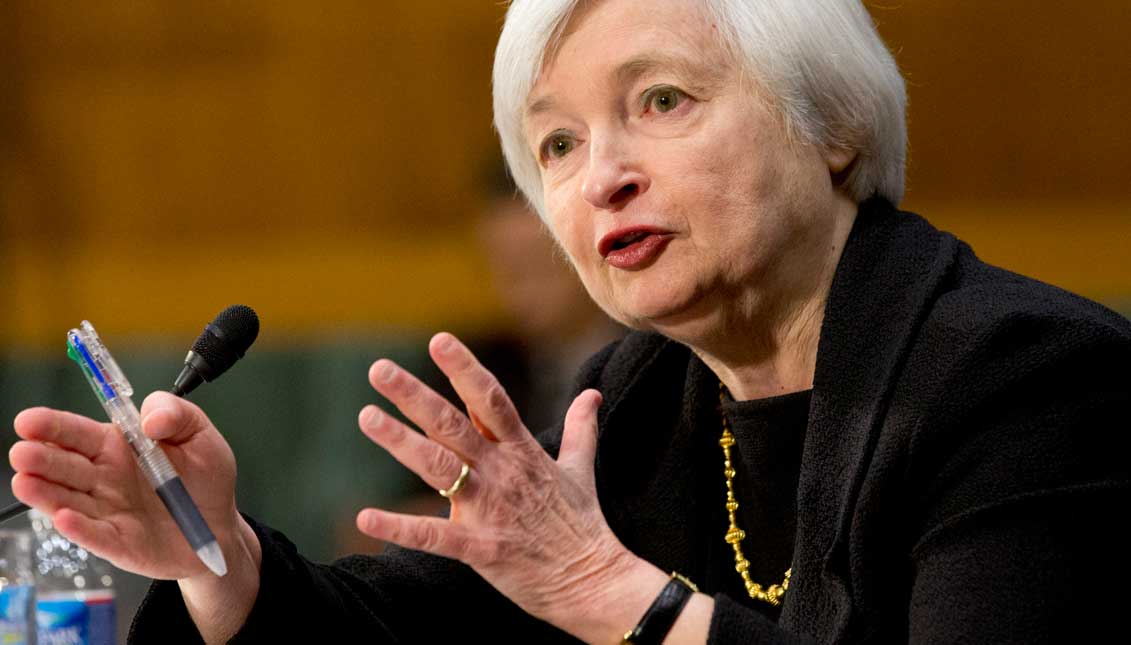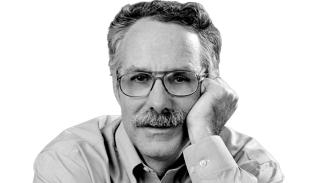
[OP-ED]: Yellen’s gamble
MORE IN THIS SECTION
For her part, Yellen has committed the Fed to a gradual rise in rates and a tightening of credit. The idea is to pre-empt unwanted inflation or financial speculation in an economy at or near “full employment.” At 4.4 percent in June, the unemployment rate is down from a recent peak of 10 percent in October 2009.
The Fed began credit tightening in December of 2015 when it ended seven years of zero short-term interest rates. The Fed has raised the overnight Fed funds rate four times to its present range of 1 percent to 1.25 percent. Even at this level, credit is easy. Short-term rates are below current inflation, now about 1.6 percent annually. Rates on home mortgages and business loans are higher, but still historically low.
The question now is whether the Fed can undo its huge bond-buying program, known as “quantitative easing,” or QE, without triggering a recession or large financial losses in stocks and bonds. Under QE, the Fed purchased more than $3.7 trillion of Treasury securities and mortgage bonds. The purpose was to strengthen the economic recovery by pumping up the stock market and reducing long-term interest rates.
Here’s how this supposedly worked. When the Fed bought bonds, the selling investors were left with cash. If they reinvested the cash in stocks, the stock market would go up -- so the theory went -- stimulating more consumer spending by richer households. A similar process worked for bonds. If the selling investors used the cash to buy more bonds, interest rates would decline. Borrowing would become cheaper.
RELATED CONTENT
Economists argue over what actually happened. Clearly, stocks went up and long-term interest rates came down. Since its recent low in March 2009, stocks have increased roughly 275 percent or $23 trillion, reports Wilshire Associates. Rates on long-term home mortgages are around 4 percent and have been lower. But the main drivers may not have been the Fed. Low interest rates could reflect pessimism and a reluctance to borrow. Curiously, the stock and bond markets seem to tell contradictory stories: The stock market is upbeat; the bond market is downbeat.
Regardless, Yellen and many at the Fed now judge that the economy is strong enough, or soon will be, to begin withdrawing the massive subsidies. The Fed would do this by not rolling over bonds as they mature. Instead, the Fed would retain the cash that the bonds throw off when they come due. This would drain money from the economy just as the Fed’s earlier bond purchases increased it.
The dangers are obvious. Draining funds from the economy could backfire. It could stoke anxiety or even panic among investors. Stock prices might drop sharply; long-term interest rates might rise sharply. To avoid either outcome, the Fed plans to drain funds slowly, initially at a rate of $10 billion a month, rising ultimately to about $50 billion a month. This “spoon-feeding of financial markets,” says Mark Zandi of Moody’s Analytics, is designed to preserve a gradual economic recovery.
That’s the hope anyway. To some economists, it’s already too late for a placid transition. They regard the global era of cheap money -- the European Central Bank and Bank of Japan have followed policies similar to the Fed’s -- as disastrous. Writes economist Desmond Lachman of the right-leaning American Enterprise Institute:
“Many years of highly unorthodox monetary policy by the world’s major central banks ... [have] led to both stock market and housing market bubbles across the globe. ... [They] could very well burst next year.”
To avoid this sort of economic calamity seems the major reason that the Fed is raising interest rates and why other central banks -- especially the European Central Bank -- are expected to follow suit. What we don’t know, but may soon find out, is how much the U.S. economy now needs cheap credit. If we’re overly dependent, there’s a dilemma: We can’t grow without it -- but with it, we face waves of destructive speculation.
Just how Yellen handles these issues will shape her legacy. It may also determine her immediate future. Her term as Fed chair expires in early 2018. It’s hard to imagine President Trump reappointing her if she can’t navigate the Fed through the approaching shoals.







LEAVE A COMMENT:
Join the discussion! Leave a comment.